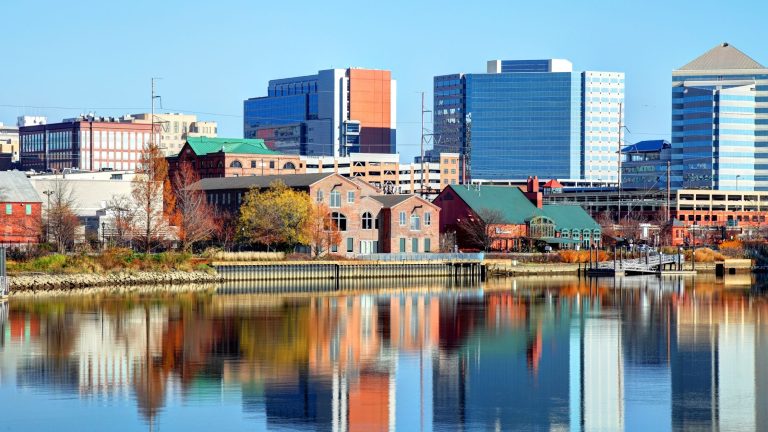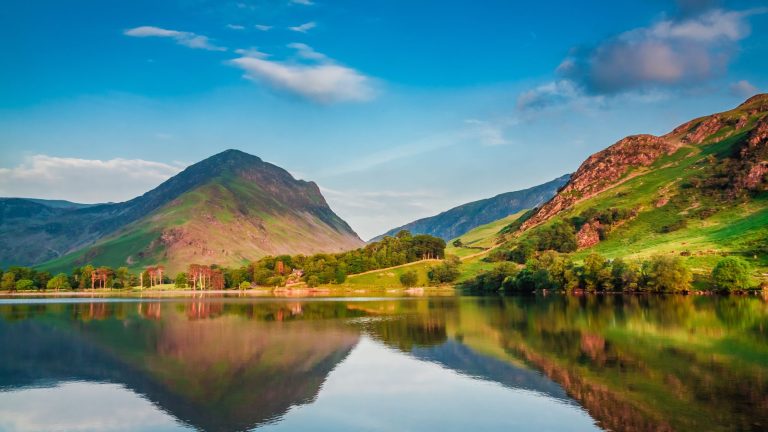Are you searching for the best time of year to visit Joshua Tree? Joshua Tree National Park, a haven for campers and glampers alike, truly shines in the spring and fall. When the desert landscape is painted with the vibrant hues of wildflowers, March and April offer a picturesque oasis with comfortable climates, ideal for those looking to immerse themselves in nature. Similarly, October and November welcome visitors with open arms, providing a perfect balance of sunny days and crisp nights. The transitional seasons are your best bet for an enjoyable experience in this unique desert environment.
Before setting off on your Joshua Tree adventure, it’s wise to familiarize yourself with the seasonal climate particulars. Summer temperatures often soar, regularly hitting the triple-digit mark, while winter can bring surprisingly chilly nights, sometimes even below freezing. No matter the season, being prepared is key—ample hydration in the heat and a cold-rated sleeping bag for those cold desert nights are just the start. Below, you’ll find month-by-month temperature averages to help plan out the ideal times for your visit and our handpicked selection of top campsites and campsites suitable for any season.
Key Takeaways
- Spring and fall offer the best camping and glamping conditions in Joshua Tree, with pleasant temperatures and the desert in bloom.
- Expect extreme temperatures in both summer and winter, with summer often exceeding 100°F and winter nights dropping below freezing.
- When planning your trip, consider the month-by-month temperature averages and select your camping site accordingly for an optimal experience.
Monthly Temperatures for Joshua Tree Camping

When hitting the trails or settling into a campsite in Joshua Tree, the climate plays a massive part in your experience. Planning ahead? Let’s break down the monthly weather patterns you’ll encounter:
January: Dress in layers! Daytime temperatures will be around 62°F, dropping to a chilly 41°F come nightfall. If you’re camping, your sleeping bag must be ready for sub-freezing temperatures.
February: The mercury edges up with highs near 65°F and lows around 44°F.
March: Spring’s approach warms things up with highs of 72°F and lows of 48°F. This is perfect for bouldering or catching the wildflower explosion. Remember, spring break draws a crowd, so claim your spot early.
April: Afternoons are delightful at 80°F, while evenings hover around 54°F. The wildflower show is still going strong, but so are the visitors, especially on weekends.
May: Just pre-summer with highs at 89°F and lows at 63°F – still a sweet spot for exploring Joshua Tree’s beauty before the intense heat sets in.
June: It’s officially hot—days average 98°F, nights at 70°F. The thinner crowds mean more room to roam.
July: Brace yourself for 103°F days and 76°F nights. Scorching, yes, but it’s stargazing season, and you’ve got a better shot at popular campsites.
August: Triple digits continue to sizzle during the day, while nights offer a slight reprieve at 75°F. Don’t forget that water!
September: As summer waves goodbye, enjoy cooler days near 95°F and nights around 68°F, ideal for late-season camping.
October: Fall returns with daytime temperatures of 83°F and nighttime temperatures at a comfy 57°F. Less crowded and with great weather, it’s a camper’s dream.
November: Cooler days at 69°F and nights around 46°F. Prepare for the desert chill with a good sleeping bag, as desert nights feel colder than expected.
December: Winter sneaks in, bringing highs of 60°F and lows of 40°F, dipping below freezing after dark. Beware of occasional snow and ice, and pack for cold conditions.
Remember, whatever time of year you visit, always check the current conditions and weather forecast for Joshua Tree. Pack the right clothing for the season, keep your pets in mind, and follow safety guidelines, like staying hydrated. This way, you’ll make the most of your Joshua Tree adventure, no matter when you pitch your tent.
Best Time of Year to Visit Joshua Tree National Park: Spring and Fall

Spring at Joshua Tree National Park
Spring is an ideal time to visit Joshua Tree National Park, typically from March to May, when temperatures are mild, and the desert comes alive with blooming wildflowers. Daytime temperatures range from the mid-70s to low 80s Fahrenheit, providing a comfortable climate for hiking, rock climbing, and photography. This season offers a stunning display of vibrant desert flora, including Joshua trees, cacti, and other wildflowers that paint the landscape in colorful hues.
Popular activities include exploring Hidden Valley, Barker Dam, and Skull Rock or embarking on the more challenging Ryan Mountain hike for panoramic park views. Springtime also offers excellent conditions for stargazing, as the clear skies and minimal light pollution provide breathtaking views of the night sky.
For accommodations, visitors can choose from several campgrounds within the park, such as Black Rock, Jumbo Rocks, and Indian Cove, all of which provide unique desert experiences. Those preferring more comfort might opt for nearby towns like Joshua Tree, Twentynine Palms, or Yucca Valley, which offer various lodging options ranging from cozy inns and motels to stylish vacation rentals.
Fall at Joshua Tree National Park

Fall, from September to November, is another excellent time to visit Joshua Tree National Park, with temperatures cooling down after the summer heat and ranging from the high 70s to mid-80s Fahrenheit.
This season provides perfect weather for outdoor activities such as hiking, rock climbing, and mountain biking. The park’s iconic Joshua trees and unique rock formations create a picturesque backdrop for adventure and exploration. Key trails like the Boy Scout Trail, Lost Horse Mine, and the Cholla Cactus Garden are popular during this time. Fall is also an excellent time for birdwatching, as various migratory species pass through the park, adding to the area’s natural beauty.
Regarding accommodations, fall visitors can take advantage of the same camping options available in the spring, such as the scenic Jumbo Rocks and Hidden Valley campgrounds. For those seeking more amenities, nearby towns offer a range of accommodations. Joshua Tree and Twentynine Palms are popular choices, providing easy access to the park and various restaurants, cafes, and shops. Vacation rentals, including unique desert cabins and modern homes, offer an immersive desert experience while providing all the comforts of home.
Frequently Asked Questions
When is the best time to visit Joshua Tree National Park?
The best times to visit are in the spring (March to May) and fall (September to November) when the temperatures are mild and comfortable for outdoor activities.
How can I get to Joshua Tree National Park?
The park is accessible by car from nearby cities such as Palm Springs (about one hour’s drive) and Los Angeles (about two to three hour’s drive). The closest airports are Palm Springs International Airport and Ontario International Airport.
Are there guided tours available in Joshua Tree National Park?
Yes, the park offers ranger-led programs and guided tours, including nature walks, talks, and night sky programs. Check the park’s official website for schedules and availability.
What are the best hiking trails in Joshua Tree National Park?
Some popular hiking trails include Hidden Valley, Barker Dam, Ryan Mountain, and the Boy Scout Trail. Each offers unique scenery and varying levels of difficulty.
Can I camp in Joshua Tree National Park?
Yes, the park has several campgrounds, including Jumbo Rocks, Black Rock, and Indian Cove. Reservations are recommended during peak seasons, especially at the more popular campgrounds.
Is rock climbing allowed in Joshua Tree National Park?
Yes, Joshua Tree is renowned for its rock climbing opportunities, with thousands of climbing routes available for various skill levels. Popular climbing areas include Hidden Valley and Intersection Rock.
What wildlife can I see in Joshua Tree National Park?
The park is home to a variety of wildlife, including desert tortoises, bighorn sheep, coyotes, jackrabbits, and numerous bird species. Early morning and late afternoon are the best times to spot wildlife.






